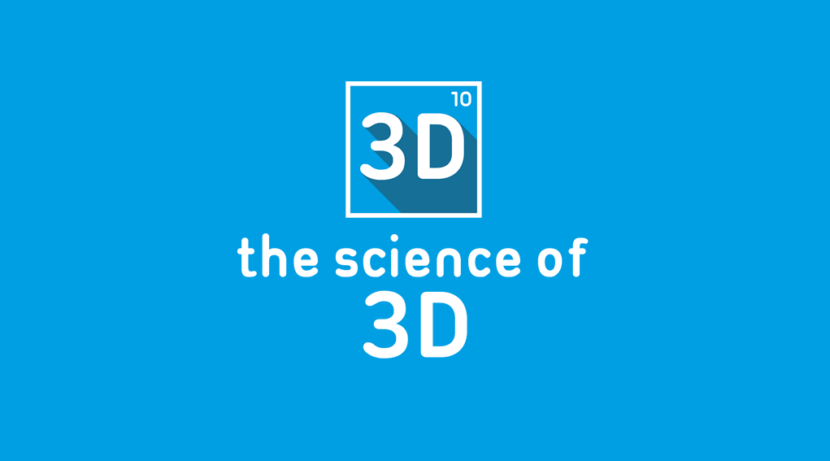The award winning Creative Space Management team invites you to:
THE SCIENCE OF 3D
17 MARCH 2016 7 – 8:30PM
- What happens in our brain when we see 3D images?
- How does viewing 3D films increase an individual’s understanding of the subject matter?
- What is the future for 3D visualization techniques?
- Why is the praying mantis important in understanding 3D vision of humans and machines?
- How many children are diagnosed or treated for binocular vision disorders such as Amblyopia (lazy eye) or Strabismus (squint) and how is research supporting this?
Delivered in partnership with Newcastle University’s Digital Institute and Institute of Neuroscience, we’re excited to invite you to the fifth in our The Science of… series at The Core, Science Central. Join us to hear about the latest developments in 3D.
Doors and bar open from 6.30pm. Event begins at 7pm. We don’t like to turn anyone away – if all tickets have gone please call us on 0191 495 7300.
Nick Holliman, Professor of Visualization, Digital Institute
Nick produces visualizations in film form to describe and explain ideas and research; and provide an analysis of information to guide further research. With an academic and industry track record, his particular areas of interest include connecting the technologies for seeing data to how people actually see data – evaluating audience responses to visualizations; and personalising a 3D film experience to individuals’ visual preferences. As well as hearing about Nick’s research, you’ll have the opportunity to see his award winning visualization ‘Cosmic Origins’ in The Decision Theatre, a visualization environment where data can be displayed in 3D format.
Dr Vivek Nityananda and Jenny Read, Professor of Vision Science, Institute of Neuroscience
Man, mantis & machine is an exciting new research programme funded by the Leverhulme Trust which aims to understand 3D vision in the praying mantis (the only invertebrate known to have this ability), and compare it with 3D vision in humans and in machines. Hear about this ground breaking and nationally recognised research which will shed new light on the constraints governing 3D vision; how 3D vision evolved; and how we can engineer 3D vision ourselves. You’ll see film footage documenting the research and you may even meet a praying mantis!
Dr Kathleen Vancleef and Adam O’Neill, Institute of Neuroscience
Eye doctors use specialised vision tests (called stereotests) to measure patients’ 3D vision. This is especially important in disorders like squint and lazy eye. The test results help eye doctors to monitor their patients’ progress and assess treatment options. Current clinical stereotests haven’t changed in decades. ASTEROID is a new test of 3D vision for children. It stands for: Accurate Stereotest on a Mobile Device. The test is in the form of a fun game playable on special 3D tablet computers. During play, we collect crucial information that can detect vision disorders and monitor progress of treatment to assist clinicians’ decision making. You will hear more about how we use modern 3D technology to help children with squint or lazy eye. And why not try the ASTEROID game yourself or have a look at different 3D displays from the last century.
See you there!
FREE TICKETS HERE
